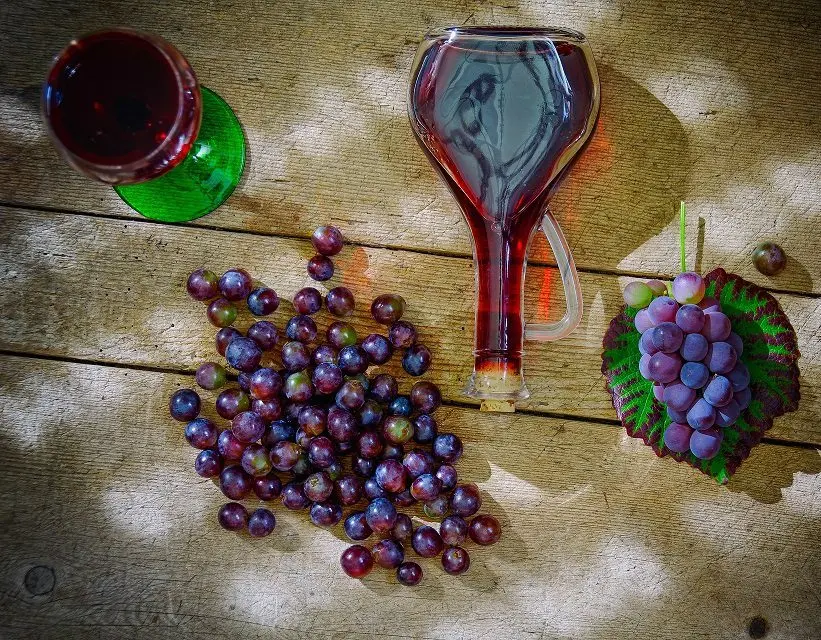Too sweet homemade wine is obtained due to incorrectly calculated sugar. Ideally, the total sugar content of the juice before fermentation should not exceed 20-22%, then a dry wine with a strength of 10-14% by volume will come out, which can be sweetened to taste after fermentation and removal from the sediment. However, in the arsenal of a novice winemaker, there are not always devices for measuring sugar content: a hydrometer, vinometer or refractometer, and sugar is added “by eye”, which causes problems.
Too sweet wine can turn out even if you strictly follow the recipes, because the initial sugar content of berries and fruits of even the same variety differs depending on the region and weather conditions (it changes on the same tree or bush from year to year), so you always need to add a different amount of sugar. Without measuring sugar content, it will not be possible to accurately calculate the proportions.
An excess of sugar gives not only a cloying taste, but also slows down or stops fermentation altogether, since a high concentration of sugar is a preservative for yeast.
How to reduce the sugar content of homemade wine
1. Dilute with water. The simplest method, but only suitable for reducing the sweetness of wine immediately before drinking, besides, the fortress also drops. For dilution, soft drinking water at room temperature is suitable, you can also add mineral water – you get a drink similar to sparkling wine. Proportions are selected to taste, usually 1-2 parts of water are added to 4 part of wine.
Wine diluted with water cannot be stored without re-fermentation, otherwise the taste of the drink will noticeably deteriorate in a couple of days without the possibility of correcting it.
2. Blend. The most correct way. The bottom line is to mix several wines of different sugar content, while there can be two or more drinks. Before blending, homemade wines must be completely fermented and removed from the sediment.
It is advisable to use drinks from the same raw material, and ideally even the same variety. Sometimes too sweet homemade wine is diluted with dry shop wine. Proportions are selected individually, first experimenting with a small amount of wine.
If you guess with the dosage, a decent result is obtained by mixing wines from different raw materials that complement each other, for example, from apples and chokeberries, strawberries and cherries, apples and pears. But with the wrong combination, the taste of the wine will become much worse.

3. Ferment again. The method used by most amateur winemakers. Too sweet wine is diluted with water or juice (preferably) and placed under a water seal for re-fermentation. If the wine was removed from the sediment, wine yeast or sourdough must be added, otherwise fermentation may not begin. It is also important to maintain the correct room temperature – 20-28 ° C.
It should be diluted to a sugar content of 14-15%, since the wine contains alcohol accumulated during the first fermentation. If there is nothing to measure the sugar content, you need to add water or juice no more than 10-15% of the volume – the wine should remain sweet, but not cloying. Then put it under a water seal and observe for a day, if fermentation does not start, and yeast (sourdough) is added and the temperature is suitable, add another 5-10% of water. The more water added, the less expressive the taste of the wine will be, so the main thing here is not to overdo it.









